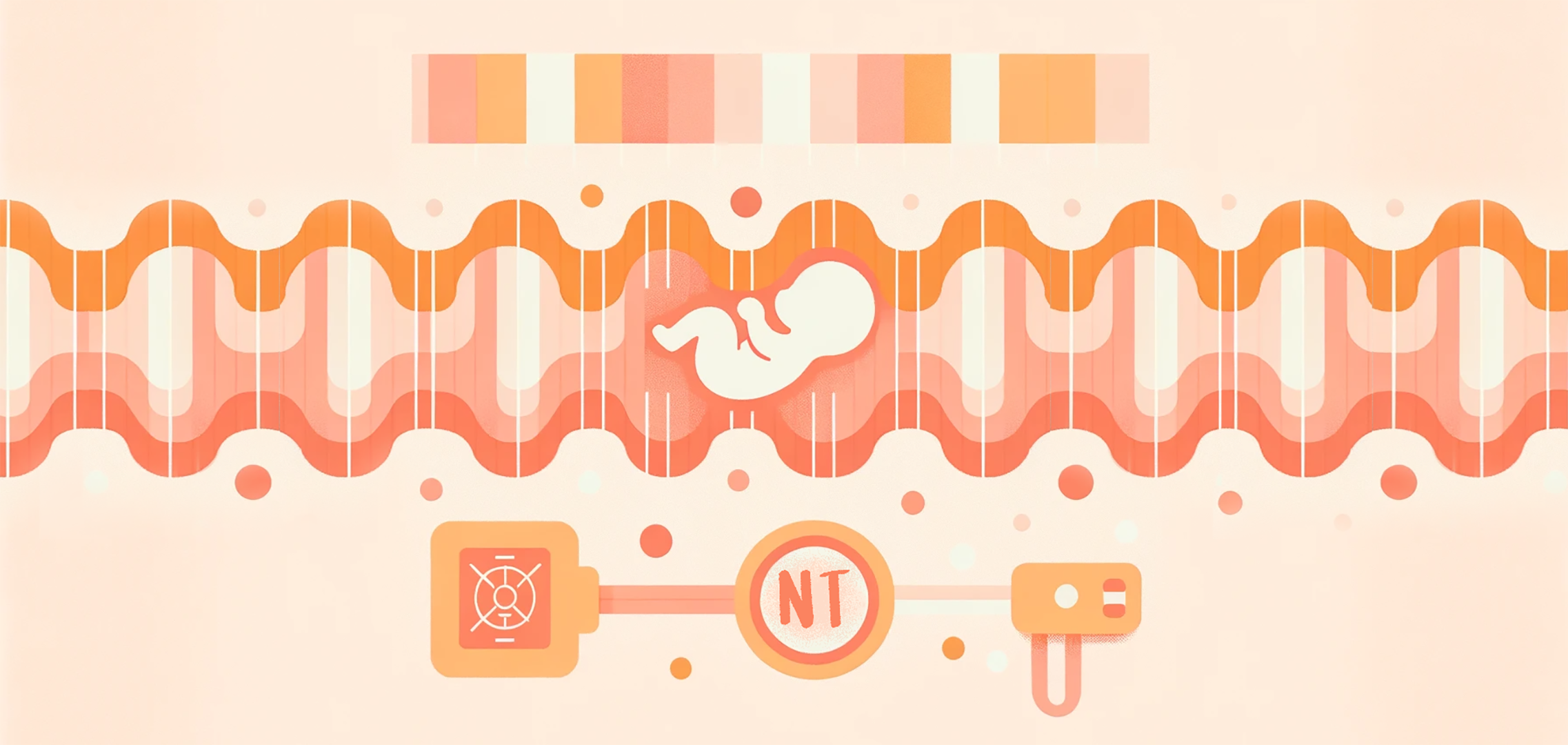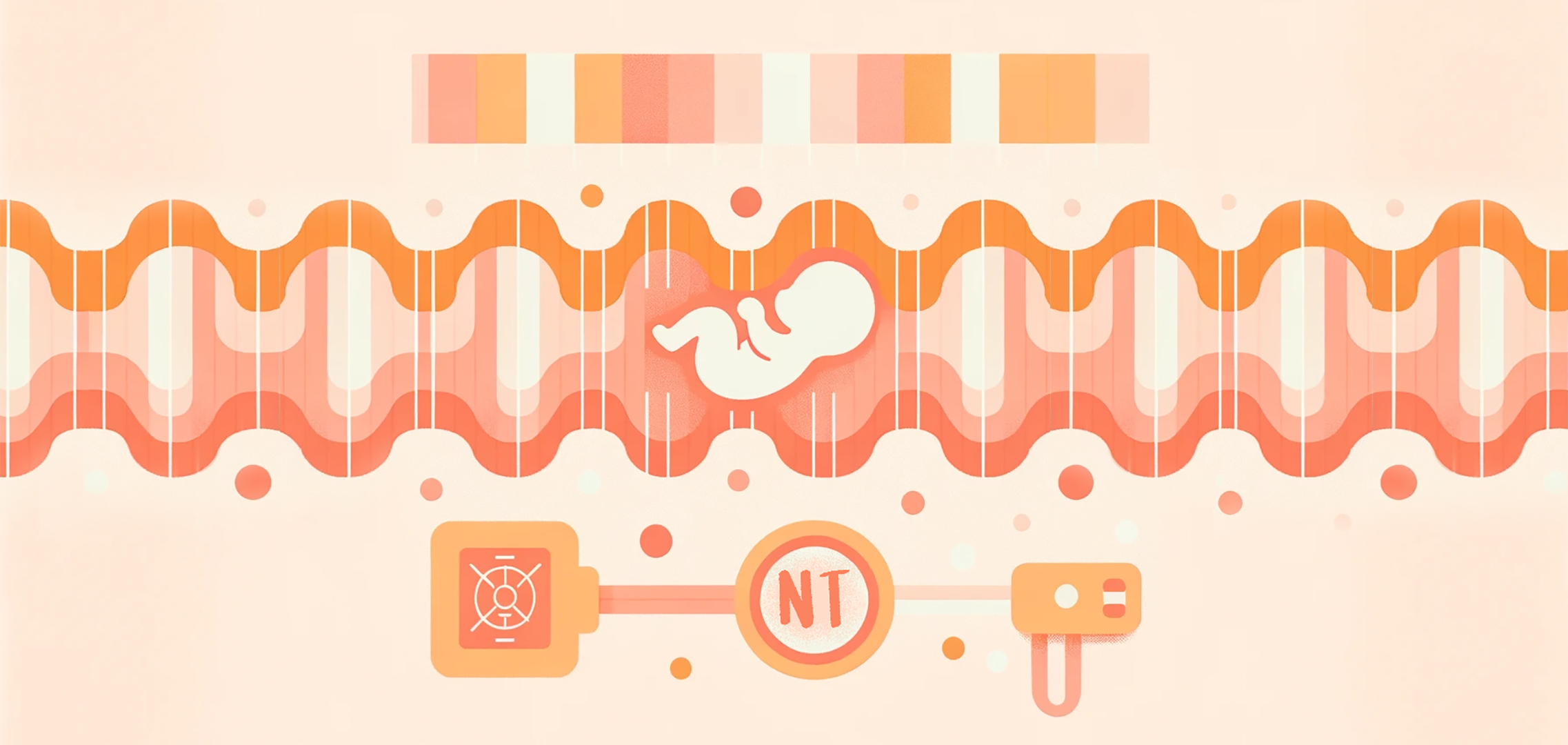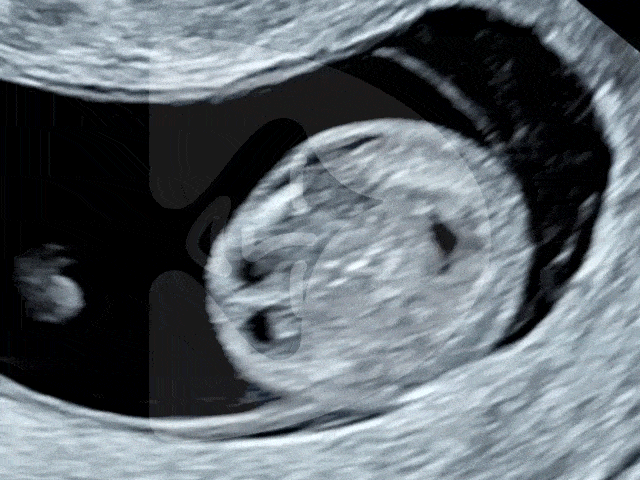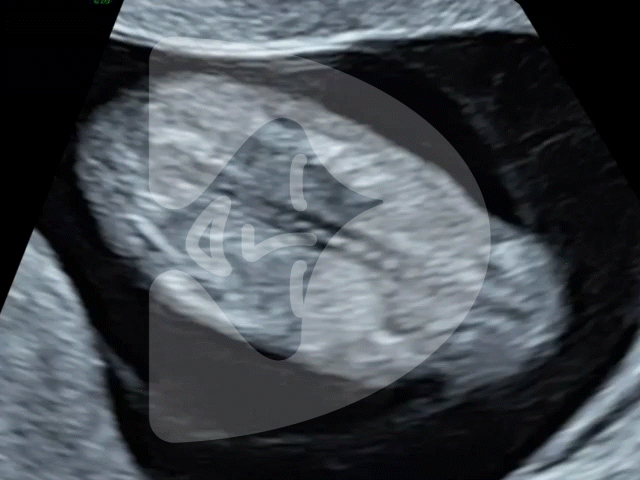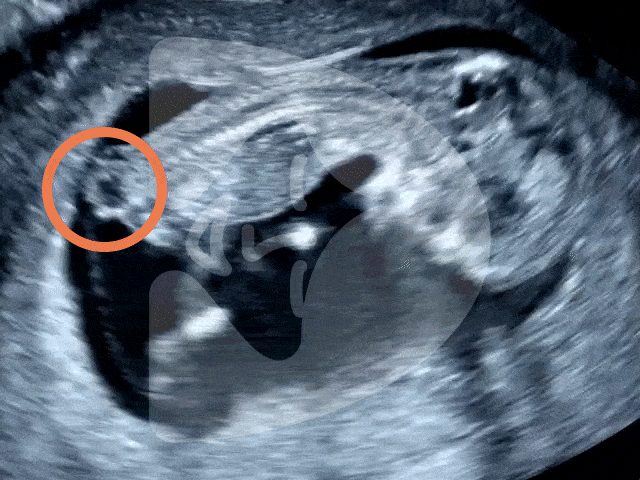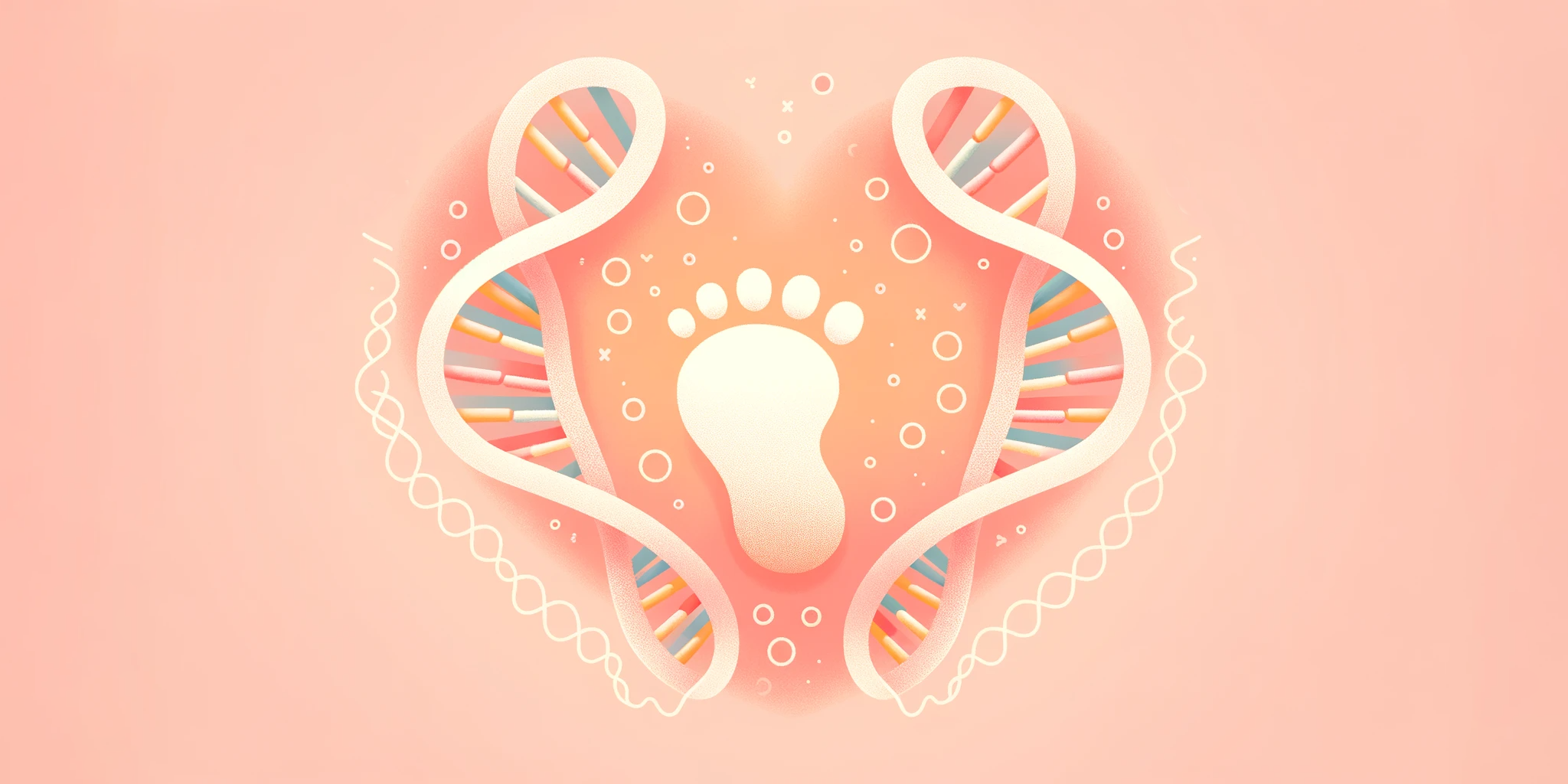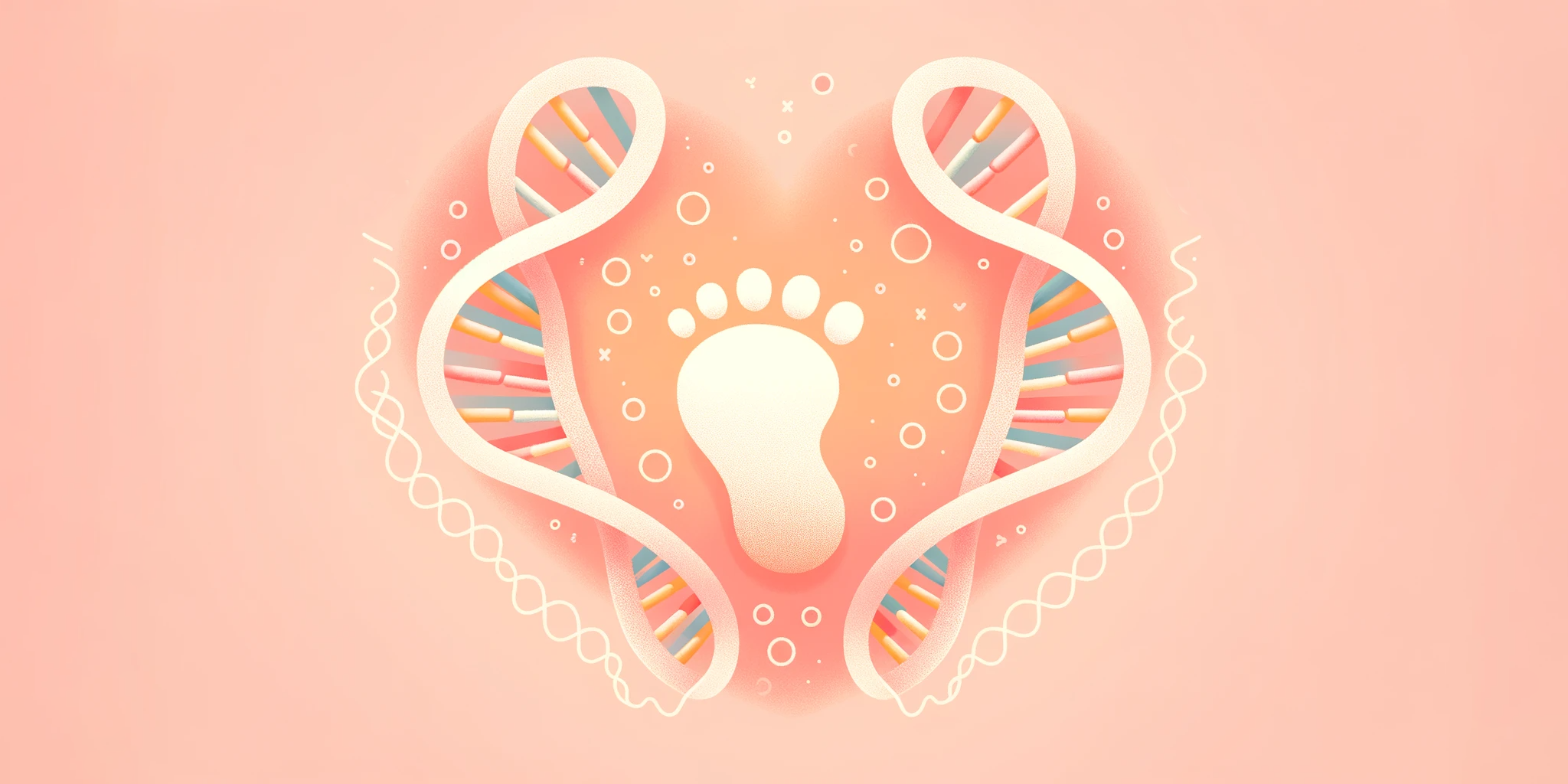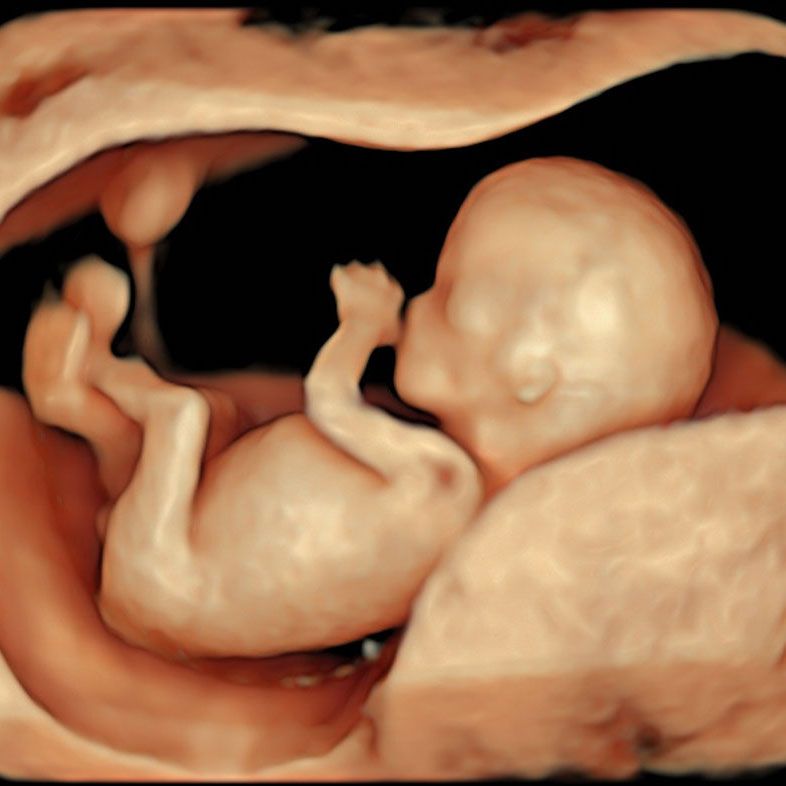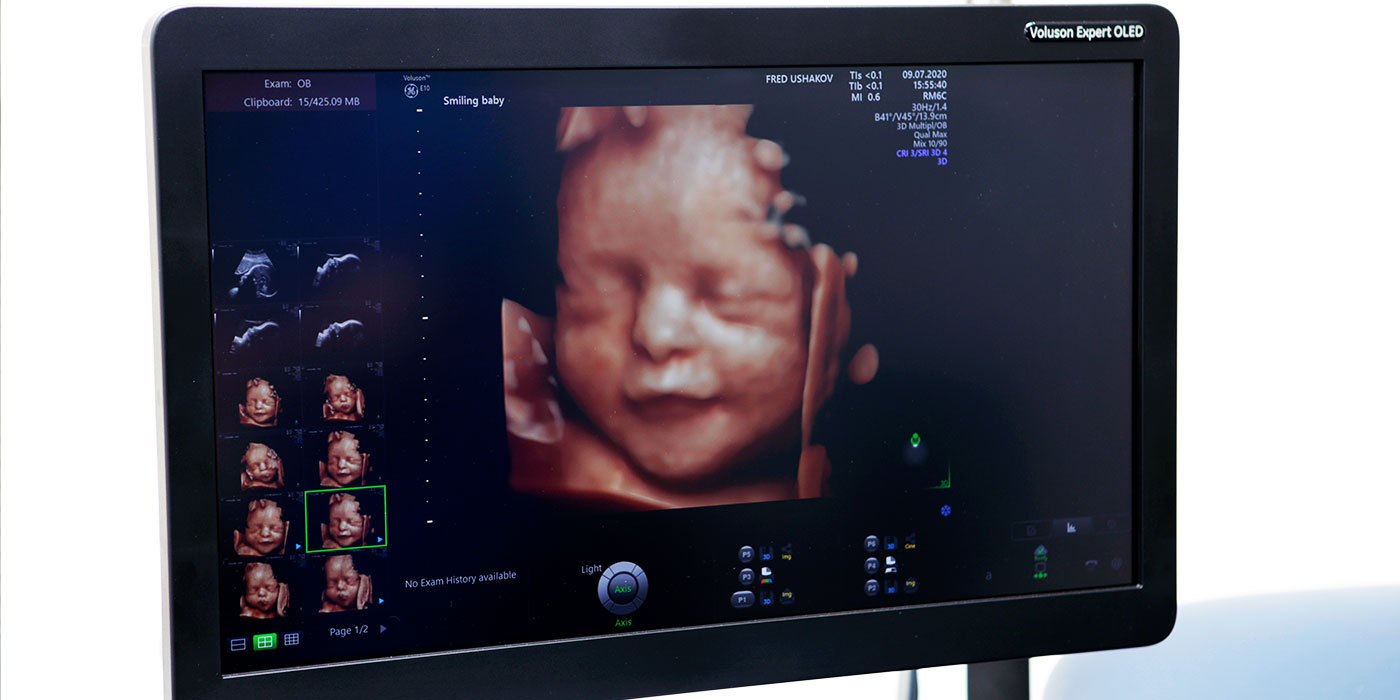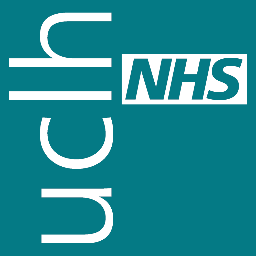Diane Nzelu Prenatal Expert

Welcoming Ms Diane Nzelu

Our newest Expert Team member at London Pregnancy Clinic
Published
Tags
Discover the newest addition to our London Pregnancy Clinic team, Ms Diane Nzelu: Prenatal Expert. Learn about her expertise in prenatal care and how she’s set to enhance your pregnancy journey with compassionate, professional support.
-
“I’m absolutely delighted to join the London Pregnancy Clinic team. It’s a real honour to continue working alongside Dr. Daniel Stott and Dr. Fred Ushakov, my esteemed colleagues from UCLH. I’m eager to bring my passion and expertise to the clinic, ensuring every mother-to-be receives the finest prenatal care.”
– Ms Diane Nzelu
At London Pregnancy Clinic, we’re thrilled to welcome Ms Diane Nzelu, a seasoned expert in prenatal care. Diane joins our team with a remarkable 13 years of expertise in fetal medicine. Her experience spans across extensive fetal scanning and handling medically intricate pregnancies. She’s always prioritised bespoke care, ensuring her advice and support are tailored to each expectant mother, actively involving them in their care journey.
Her academic pursuits are notable, with a keen focus on researching pregnancy-induced hypertension. This has led to numerous published works and presentations at both national and international fora. Beyond her UK-based work, Diane is actively engaged in global health projects, dedicated to advancing maternal health in various parts of the world.
Meet Ms Diane Nzelu: A Passion for Prenatal Care
Joining us with a wealth of knowledge and years of experience, Diane Nzelu: Prenatal Expert. She is a highly qualified prenatal specialist and her background in providing comprehensive care during pregnancy sets her apart. Diane’s passion for prenatal care stems from a deep commitment to ensuring the well-being of both mother and baby during this crucial time.
Enhancing Your Pregnancy Journey
Diane’s approach to prenatal care is both personal and professional. She understands that each pregnancy is unique and offers tailored advice and support to meet your individual needs. Whether it’s your first pregnancy or you’re adding to your family, Diane’s guidance will be invaluable in helping you navigate this special time with confidence and peace of mind.
A Commitment to Compassionate Care
At the heart of Diane’s practice is a strong commitment to compassionate care. She believes in creating a supportive and understanding environment for all her patients, ensuring that they feel heard, respected, and well cared for. Her empathetic approach not only enhances the quality of care but also strengthens the trust and relationship between practitioner and patient.
Conclusion
Join us in welcoming Diane Nzelu, Prenatal Expert, to our exceptional team at London Pregnancy Clinic. Ms. Nzelu brings a wealth of expertise and a heartfelt commitment to providing the best prenatal care. Whether you’re seeking a comprehensive 3rd Trimester Anomaly Scan, a detailed Week 20-25 Anomaly Scan, or a reassuring Wellbeing Scan, Diane is here to guide you with professional care and support. Don’t miss the opportunity to experience her unique approach to prenatal health. Schedule your appointment with Diane Nzelu today and embark on a pregnancy journey that’s not only medically sound but also emotionally supportive and enriching.
Publications
(1) “Validation of the BPro radial pulse waveform acquisition device in pregnancy and gestational hypertensive disorders” – Jakes, A., Wade, J., Vowles, Z., Seed, P. T., Shennan, A. H., Chappell, L. C. & Nzelu, D., 14 Jun 2021, (E-pub ahead of print) In: BLOOD PRESSURE MONITORING. p. 380-384 5 p.
(2) Chronic hypertension: first-trimester blood pressure control and likelihood of severe hypertension, preeclampsia and small for gestational age – Nzelu, D., Dumitrascu-Biris, D., Nicolaides, K. H. & kametas, N. A., 2 Jan 2018, (E-pub ahead of print) In: American Journal of Obstetrics and Gynecology.







